prey
-
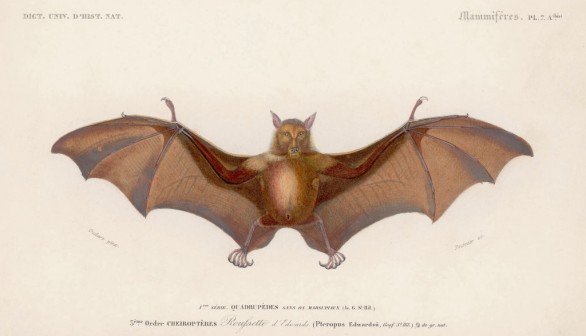
Prey Availability Determines the Foraging Effort of Bats, Researchers Discover
While some wildlife species thrive well in cities, it's harder for large, insectivorous bat species to find enough food. To get their fill, city-dwelling common noctules (Nyctalus noctula) have to hunt longer than their rural counterparts and yet they catch fewer insects. While rural bats hunt together, their urban counterparts regularly forage alone. These findings, published in the journal Global Change Biology, are the results of a new investigation led by PD Dr. Christian Voigt and Dr. Laura Stidsholt from the Leibniz Institute for Zoo and Wildlife Research (Leibniz-IZW).
Latest Research Articles
-
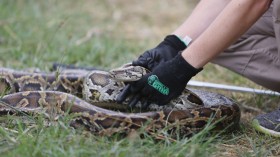
Invasive Burmese Python Moves North for More Prey as Population Booms — Florida
-

Fox that Preys on Penguin, Caught After a Two Month Hunt
-

Wolves Reintroduction Into the Wild Can Restore Local Ecosystems, Scientists Say
-

Employing Native Predators in Dealing with Invasive Species, Study Suggests
-
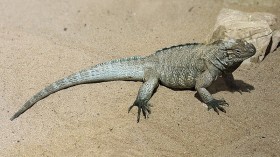
Experts Foster Anegada Rock Iguanas Until Ready for Defense Against Cats
-

Pet Cats are Mini Super Predators, Carry Deadly Diseases
-

Black Bear Devours Live Elk Calf in Yellowstone National Park
-

Scientists Use Microbiotic Swarms to Measure Animals’ Sensitivity to Threats.
-
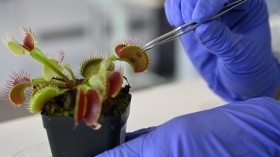
Researchers Study on How Venus Flytraps Snap Their ‘Mouth-like’ Traps
-
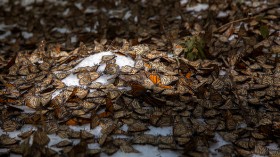
Scientists Discovered That California Mice Are Preying on Monarch Butterflies
-
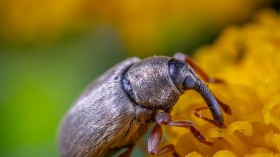
Fake Death: Animals Playing Dead For Long Period of Time to Escape Predators
-
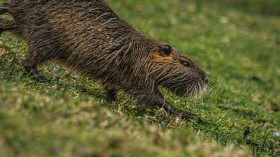
Wolves Hunt Their Prey by Using Ambush Tactics



